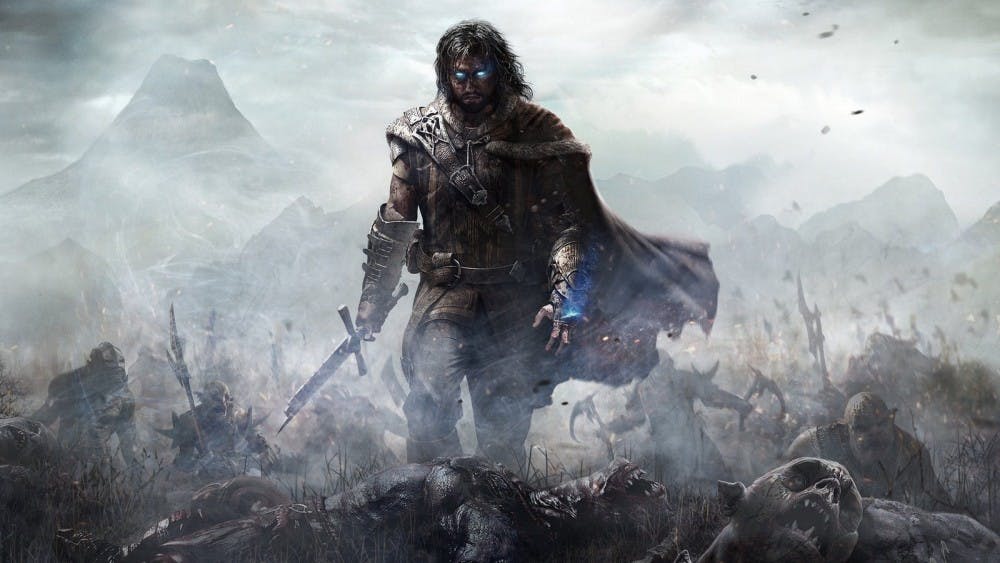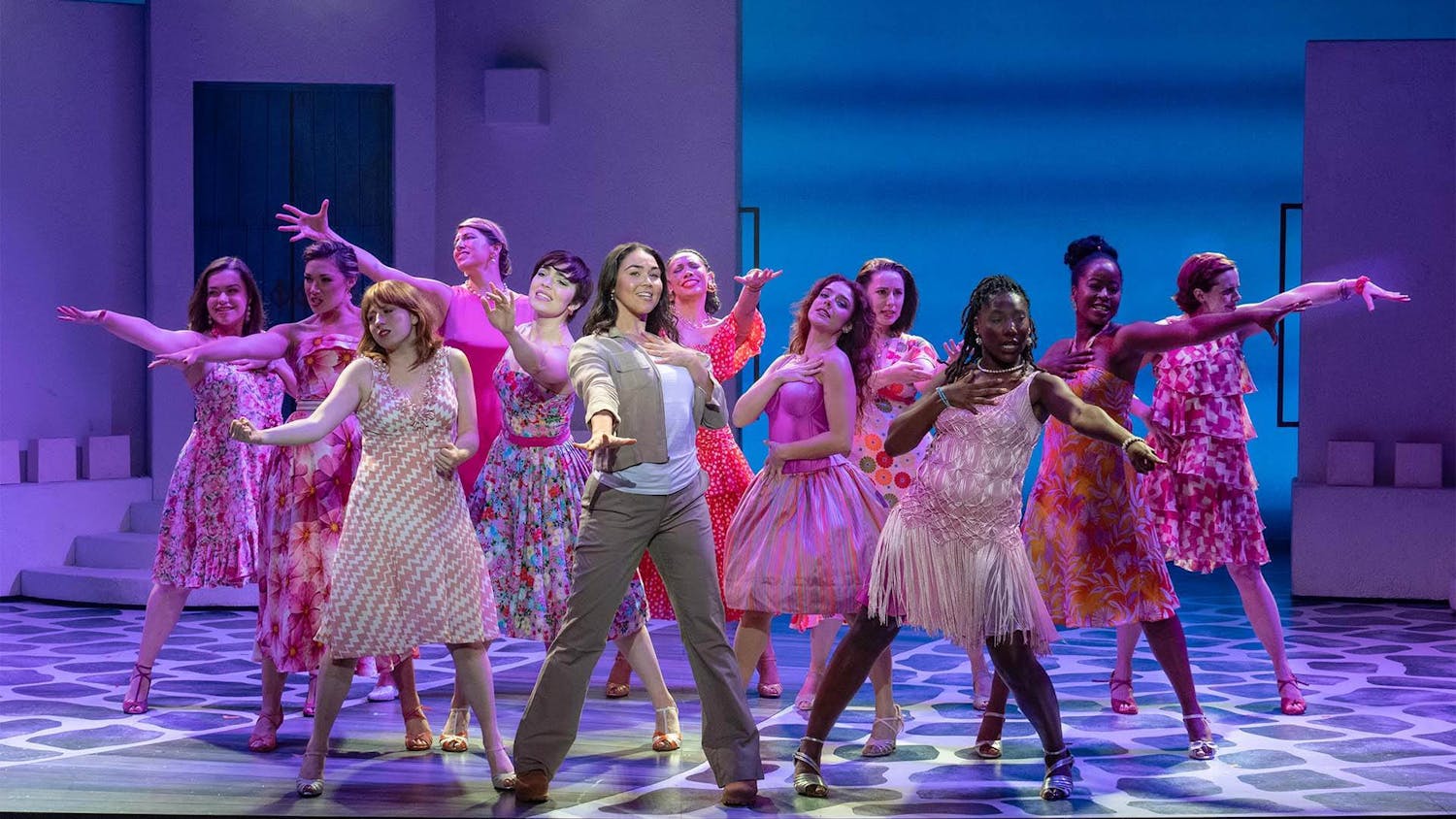The release of “Middle-earth: Shadow of War,” a follow-up to 2014’s “Middle-earth: Shadow of Mordor,” shows, more than anything else in recent memory, how most game sequels are made. For better and for worse developers take the game they have and figure out every conceivable way to stretch and rehash.
Not all game sequels are like this. Creativity is a spectrum, and many sequels try to take the ideas of their predecessors in a new direction, if only a little. “Shadow of War” is not among them. The original is a tie-in to the world of J.R.R. Tolkien's Middle-earth, one which takes considerable liberties with the canon of the universe, and so does the sequel. The original has an extremely boring, white cis male protagonist with an equally generic — and often inconsistent — cast of side characters. Unsurprisingly, the sequel uses a very similar cast, with a few more character inconsistencies thrown in for good measure. The original has the same basic hack-and-slash, upgrade-based combat system present in every big budget, third-person role-playing game made in the last decade. The sequel takes that system and adds the option to ride a mini-dragon.
The advantage of developing a game in this manner is that, despite these many problems, “Shadow of Mordor” was considered by quite a lot of people, including myself, to be an amazing work of art; it follows that “Shadow of War” should be, too. Neither the original nor its sequel are entirely free of good characters and fun gameplay ideas, but they are just not focused on the supposedly sympathetic heroes. Instead, they’re focused on the baddies. Middle-earth is a land overrun with Orcs: evil, ugly and warmongering creatures who paradoxically all manage to be more interesting and complex than the protagonist. No Orc need be a nameless, faceless Grunt in the “Shadow” games; every time you enter a new region, the game generates 20 or so Captain Orcs to lead the hordes of Orcs occupying the area. Every one of the Captains has their own weaknesses, strengths, pet peeves, fears and dreams for moving up the ranks in their organization. As the player kills Captains, holes open up in those ranks and Grunts in the Orc hordes will have opportunities to kill the player. If one of the Grunts succeeds, they can become a new Captain, filling up a position left by a deceased one. The game design actively pushes players to get invested in the development of these Orcs when it later requires — via morally-questionable, magical mind-manipulation — that the player recruit Orc Captains and underlings into their own, rival fighting force.
This is where “Shadow of War” shows the best side of not changing its ideas, but simply taking them one step further. Many of the Orc Captains in the sequel have actually been given coherent archetypes that correspond with their traits, fleshing them out all the more. One Captain may be a devious assassin, while another may be a deeply indoctrinated dark priest, and yet another may be an armor-specialist/fashionista, interested in only the finest leathers. The opportunity to make friends with this cast may make the entire endeavor of this game worth going on.
However, the Orcs are also the reason behind the number one thing being stretched in this game that players will not enjoy: wallets. In addition to the new personalities, the game has developed a few new ways to make your Orcs fight for you, the most important of which is Siege Battles. Each requires a few decent allied-Captains to beat and, after the completion of the game’s first three “acts” and most of the main plot, the player is dropped into a fourth and final act devoid of all plotting and substance save Defense Missions, where you take all the places that you’ve sieged, and must now defend them. This section must be completed to access the game’s definitive conclusion. The player’s options at this point are twofold. First, spend the next 10 or so hours mindlessly grinding for all the Captains needed to do the repetitive Defense Missions for a game which, at this point, is likely overstaying its welcome. Second, pour more money into what is already a $60 game and magically have those 10 hours of grinding cut in half. Powerful ally Orcs and other loot can be bought from an online marketplace via the purchase and use of virtual currency. Prices on the packets of this virtual currency range from three to a whopping $100.
Kneading out something good until it’s just an expanded version of itself is a solid plan in some respects, but there are always going to be costs. Be they development costs that must be recouped or creativity costs that get lost in the grind, they all add up to quality costs in the end. Like so many sequels, “Shadow of War” focuses exclusively on what worked to the detriment of what didn’t. That doesn’t make a bad product — not by a long shot — but it does not make a great one.






